FRENCH SAVOIR FAIRE IS VITAL AND THRIVING
The second most widely-learned language after English
Parlez-vous francais? According to the Organisation internationale de la francophonie, an organization tracking the worldwide use of French, some 274 million people around the world were predominantly French-speaking in 2014: 7.6% in North America and the Caribbean, 36.4% in Europe, 54.7% in Africa, 0.9% in the Middle East and 0.3% in Asia and Oceania.
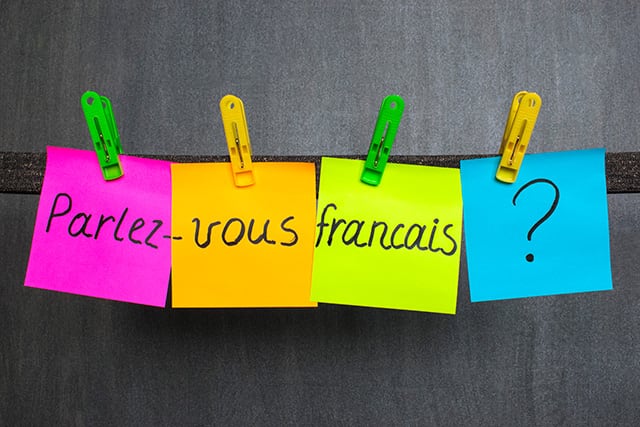
Spoken by 274 million people throughout five continents
Spoken by 274 million people throughout five continents, French is the second most widely-learned foreign language after English. Some 13% of the 125 million people learning French are in North America and the Caribbean. French is now recognized as the second-most important international language in global media, and the language of business within most international organizations.
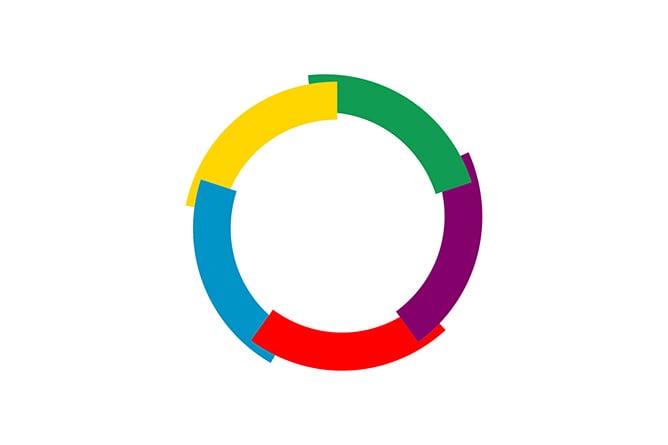
900 million consumers understand and speak French
900 million consumers understand and speak French, making it third in line (after English and Chinese) as the preferred business language. These consumers represent 14% of the worlds population and 20% of global business trade.
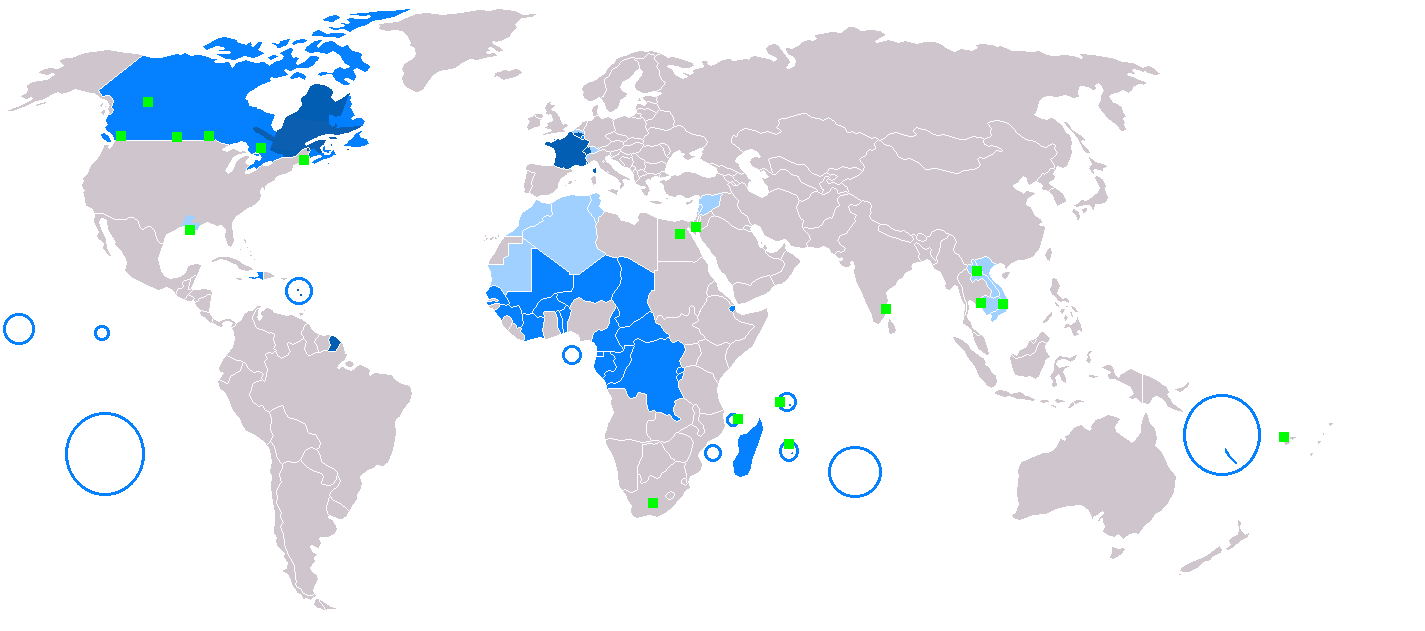
French is ranked sixth in the world and is very popular on the Internet
In terms of number of speakers, French is ranked sixth in the world, after Mandarin, English, Spanish and Arabic or Hindi. Obviously a thriving, popular language, French cannot be overlooked on the world stage. And given Africa’s growing population, it is a language in continuous growth; the number of francophones in the world in 40 years is projected to be 700 million people.
French is also the fourth-most widely used language on the Internet,
shared by over 180 million users
French speaking communities worldwide
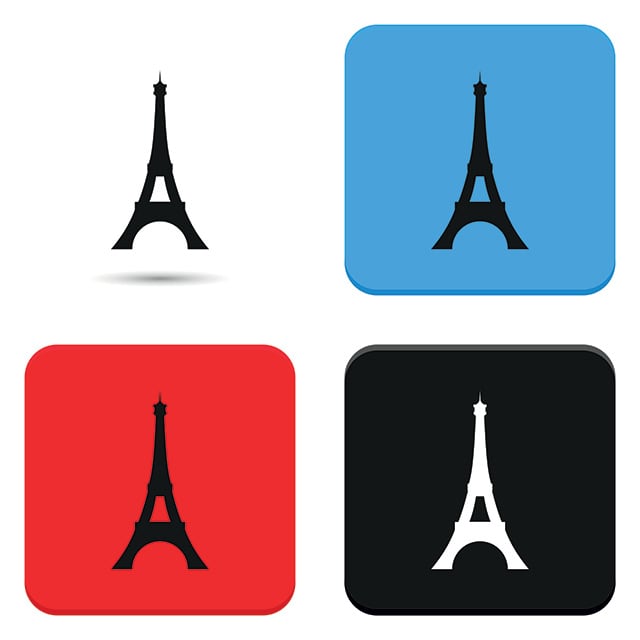
French in Canada and the USA
After France and Algeria, Canada is home to the third-largest French-speaking community in the world, with Statistics Canada reporting 10,360,760 Francophones in Canada in 2016 (Census, Statistics Canada). As a country, Canada maintains dual language status, with English and French its two official languages. Quebec is predominantly French-speaking, New Brunswick is officially bilingual, and the other eight provinces, some with small pockets of French-speaking communities, are largely unilingual English.
The USA is home to a few small French-speaking communities, such as Louisiana (a former colony of France named after King Louis XIV), where a local Cajun French vernacular is still spoken, most notably in New Orleans. Spoken with a strong English accent, Cajun French is a remnant of the area’s historic association with people hailing from France, from Quebec, Canada, and from the Caribbean island of Haiti. Today, most people think of New Orlean’s spicy cuisine when they think of Cajun.
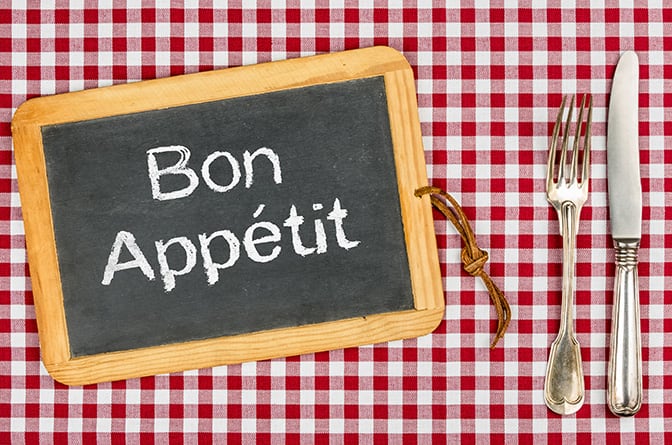
The “Québécois” speak their own version of French
Like many languages, the French dialect varies from region to region; as a remote territory of France, French-Canadians (mostly in the province of Quebec) evolved the language on their own, creating a bank of words that are understood but not necessarily shared by Francophones worldwide. As one example, the French in France would refer to a car as a “voiture”, whereas in the province of Quebec, Canada, it is generally called an “auto”, or even a “char”, an archaic form of French-Canadian. The vernacular “joual” is an entire subset of French still used in Canada, similar to the cockney English spoken in some parts of the UK.
In its written form, and especially for business, technical and scientific terminology, the French used internationally and within Canada is more harmonized, with few differences in usage. A wider gap exists more in the oral use of the language, and French-Canadians, surrounded by their English-speaking neighbours, have become accustomed to the mixture of French and English that has crept into the everyday speech of some (notably by people under the age of 30), often referred to affectionately as “Franglais.” Given the threat of erosion to their language, though, Quebec established the Law on French Language in 1974 and the Charter of the French Language in 1977.
To sum it up, the regional differences in French from one region to another are mainly in the spoken language. Yet sensitivities to knowing these differences can run high, as is humorously explained in the video below, with the title loosely translated as “Quebecois for Dummies.” Like any regional users, those who speak “Quebecois” want to be spoken to in their own language, something that marketers and advertisers need to understand and acknowledge. That’s why ON TARGET offers “Transcreation” instead of translation for such markets.
This French video takes a humorous look at the differences between the spoken French in France and the spoken French in Quebec, Canada, generally called “Québécois” French.
Our language pairs in French:
- French (France) ↔ Chinese Simplified (FR-ZH)
- English United Kingdom (EN-UK) ↔ French-Canada (FR-CA)
- English United States (EN-US) ↔ French-Canada (FR-CA)
- English Canada (EN-CA) ↔ French-Canada (FR-CA)
- English United Kingdom (EN-UK) ↔ French-France (FR-FR)
- English United States (EN-US) ↔ French-France (FR-FR)
- English Canada (EN-CA) ↔ French-France (FR-FR)
- French (Canada) ↔ Chinese Simplified (FR-CA – ZH)
- French (France) ↔ Chinese Simplified (FR-ZH)


